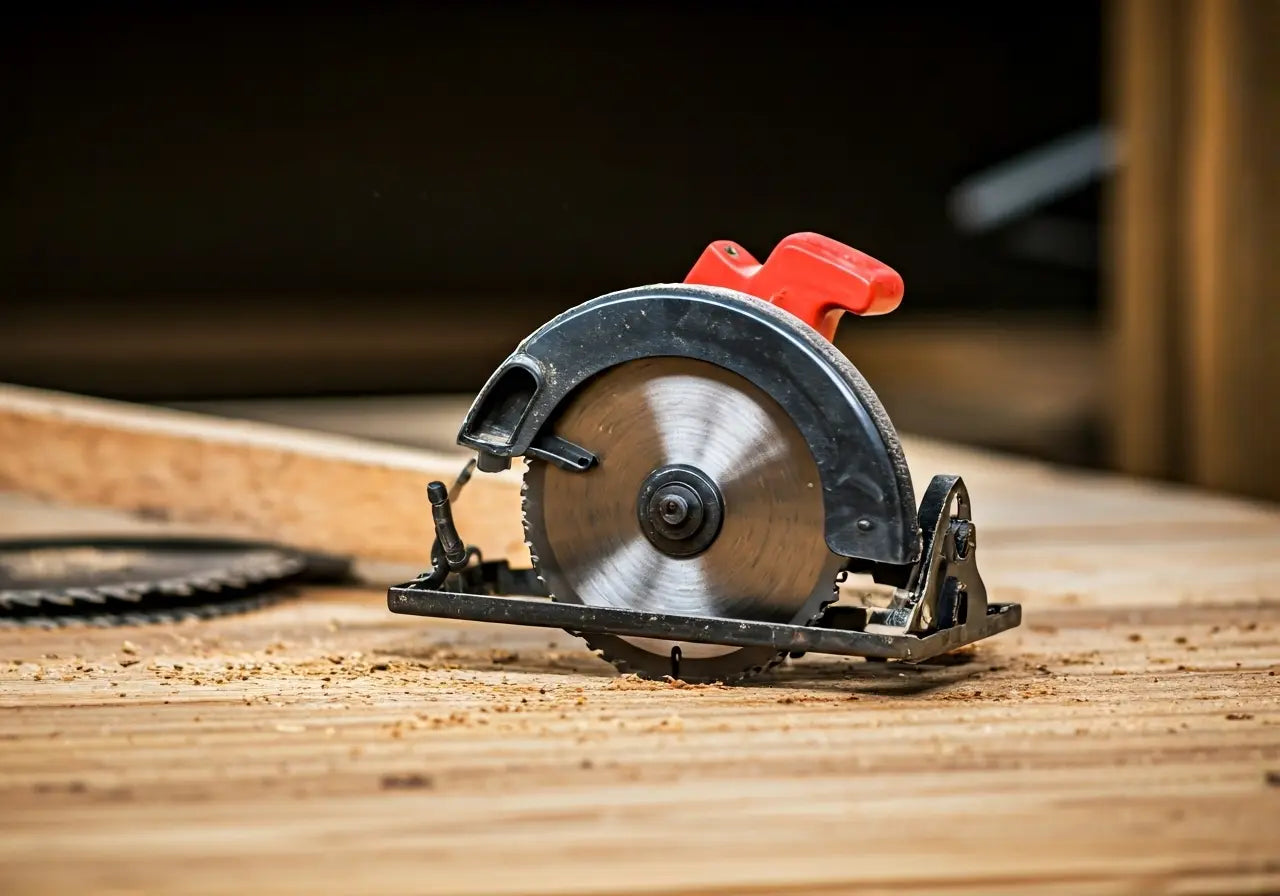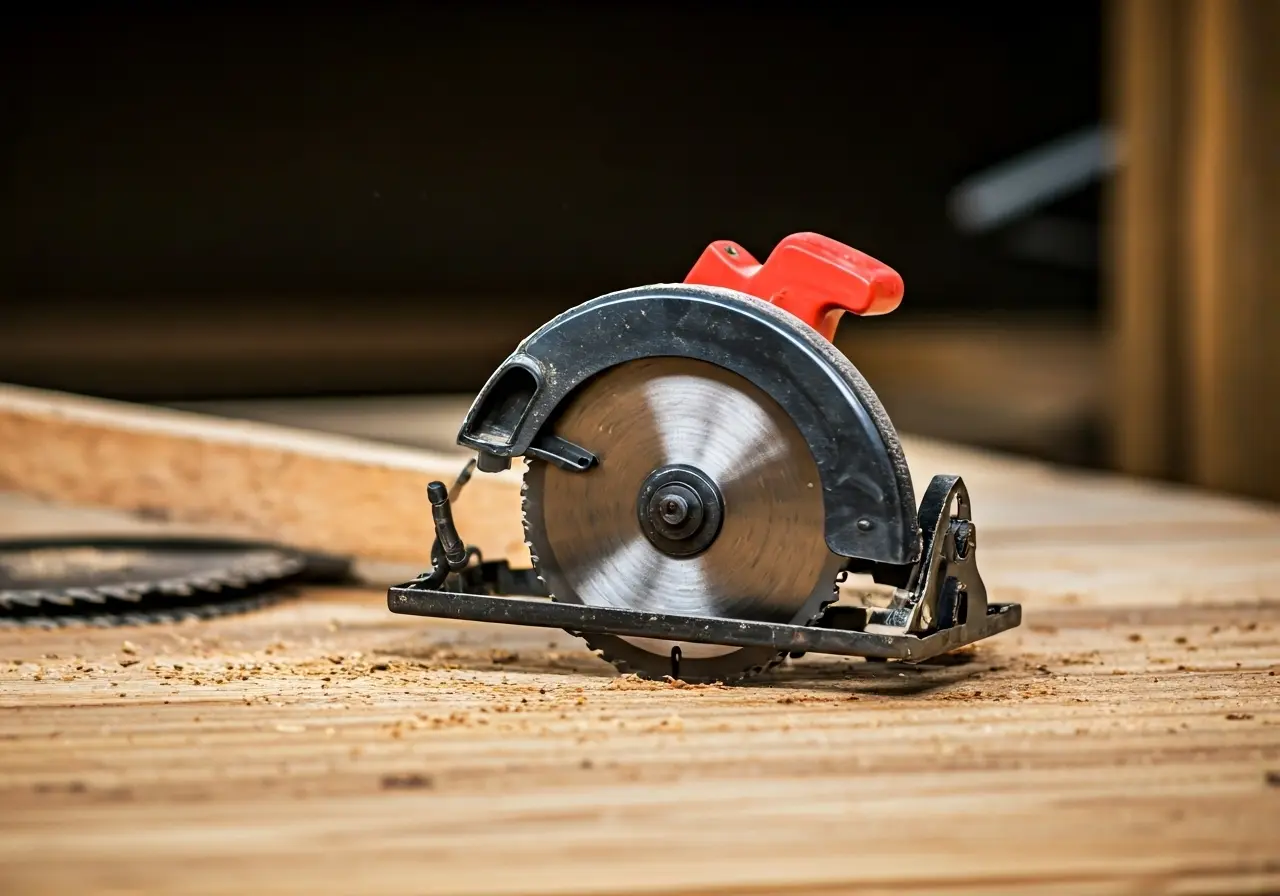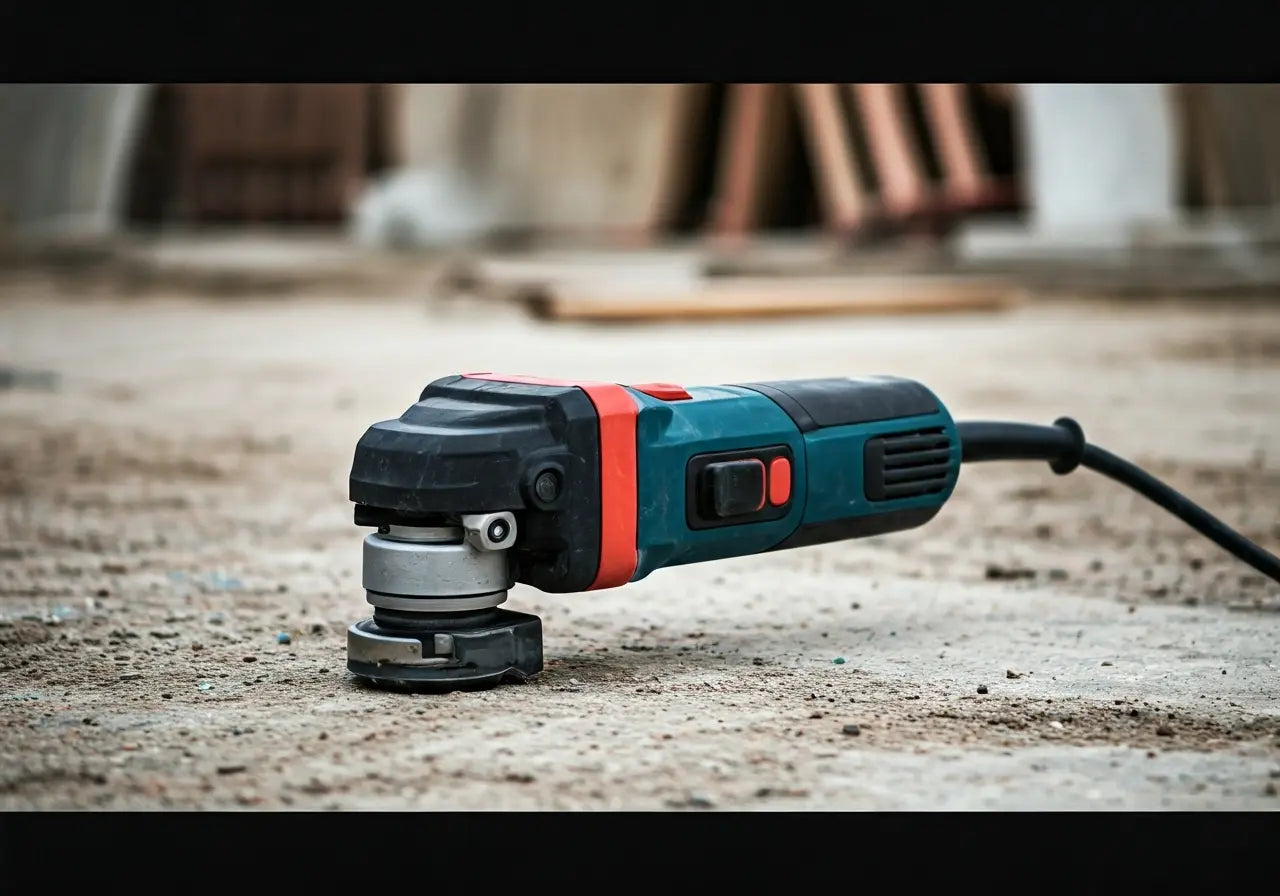In the world of construction and woodworking, precision and efficiency are paramount. The type of saw blade you choose can greatly influence the outcome of your work. In this blog, we’ll explore how the right saw blades can make a significant difference in enhancing both efficiency and precision on the job.
Understanding Saw Blade Types and Their Applications
Saw blades come in various types, each designed for specific tasks. Understanding these differences helps professionals select the right tool for each job, whether it’s cutting wood, metal, or other materials.
For instance, woodworkers often rely on circular saw blades designed specifically for timber. These blades have specially engineered teeth that efficiently cut through wood without tearing out fibers. On the other hand, those working with metal might turn to abrasive blades, which can smoothly slice through even the toughest steel. Exploring different blade types and their applications ensures that each project employs the most effective tool for the job, thus enhancing both efficiency and precision.
Selecting the right saw blade doesn’t stop at choosing the correct type. Different saw machines, such as miter saws and table saws, require specific blades for optimal performance. Using incorrect blades can not only lead to poor cuts but might also damage the machinery. Therefore, a thorough comprehension of the machine’s requirements, combined with the correct blade choice, is essential for any professional seeking to improve their productivity without compromising the quality of their work.
The Role of Material in Saw Blade Performance
The material of a saw blade plays a critical role in its performance. From carbide to diamond-tipped blades, selecting the right material can enhance durability and precision, ensuring clean and accurate cuts.
Carbide-tipped blades are popular due to their ability to handle tough cutting sessions while maintaining sharpness over extended use. These blades are ideal for cutting through woods and laminates and offer excellent longevity. Meanwhile, diamond-tipped blades are a top choice when dealing with masonry materials. Their robust design allows for precision cutting through concrete and tiles, offering an insightful approach into how material selection broadens the application scope of each blade.
A blade’s construction material is crucial not only for its durability but also for the quality of the outcome. For softer materials like plywood, a high-speed steel blade might suffice, providing efficiency without the need for more expensive options. The balance between cost and functionality often depends on the intended use and frequency of the blades. Understanding the variations in materials equips professionals with the knowledge needed to maximize productivity and lifespan of their tools.
Key Features to Look for in Saw Blades
Certain features like tooth configuration, size, and coating can significantly affect a blade’s efficiency. Exploring these features helps users make informed decisions for specific cutting tasks.
Tooth configuration is an important feature to consider when purchasing a saw blade. Blades with alternate top bevel teeth are excellent for cross-cutting wood, providing a smooth, clean finish. Conversely, flat-top teeth are better suited for ripping through the grain of wood, showcasing the importance of selecting the right tooth pattern for the task at hand.
Another vital factor is the blade’s size, which must match the saw machine for optimal performance. The diameter of the blade should correspond to the machine’s specifications to avoid safety hazards and achieve precise cuts. Additionally, looking for blades with advanced coatings can lead to smoother operations. Coatings reduce friction, decrease heat build-up, and extend the blade’s life, aligning with the industry’s need for durable and reliable tools.
Maintaining Saw Blades for Longevity and Precision
Proper maintenance of saw blades is vital for prolonging their lifespan and maintaining their cutting precision. Tips on cleaning and storage help ensure that your blades remain in top condition for the next job.
Regularly cleaning saw blades is essential to remove pitch and resin build-up, which can dull the blade. A simple mixture of water and dish soap can effectively clean most types of saw blades. Once clean, a light coating of oil can prevent rust and corrosion during storage, especially in humid environments.
Storing saw blades properly is just as important as cleaning. Each blade should be stored individually to prevent contact, which might dull or damage the teeth. Consider using custom cases or wall mounts designed to hold blades securely, ensuring they remain sharp and ready for future use. Implementing a routine maintenance schedule is a proactive approach to preserving cutting efficiency and reducing the need for frequent replacements.
Tips for Maximizing Efficiency with Saw Blades
Efficiency can be boosted by selecting the right blade and using it correctly. Adjusting the cutting speed and ensuring optimal blade condition can lead to faster, more accurate cuts, ultimately saving time and effort.
One of the simplest ways to boost productivity is by maintaining consistent cutting speeds. Faster speeds can make rough cuts, while too slow a pace might lead to overheating and blade damage. Thus, matching the saw’s speed with the blade type and material can result in a harmonious balance between efficiency and quality.
Additionally, regular checks for blade sharpness ensure that cuts remain accurate and reduce the risk of costly mistakes. Investing time in understanding the nuances of each blade type and its ideal usage conditions can transform any project from a time-consuming task into an efficiently executed masterpiece. For further information on how to optimize your tools, take a look at the innovative offerings available for enhancing your projects.
Crafting Success with the Right Saw Blades
Choosing the right saw blade is crucial in achieving higher precision and efficiency in any cutting task. By understanding the various types, materials, and maintenance tips, professionals can optimize their tools for the best performance, ultimately leading to better project outcomes and saving both time and resources.






Leave a comment
This site is protected by hCaptcha and the hCaptcha Privacy Policy and Terms of Service apply.